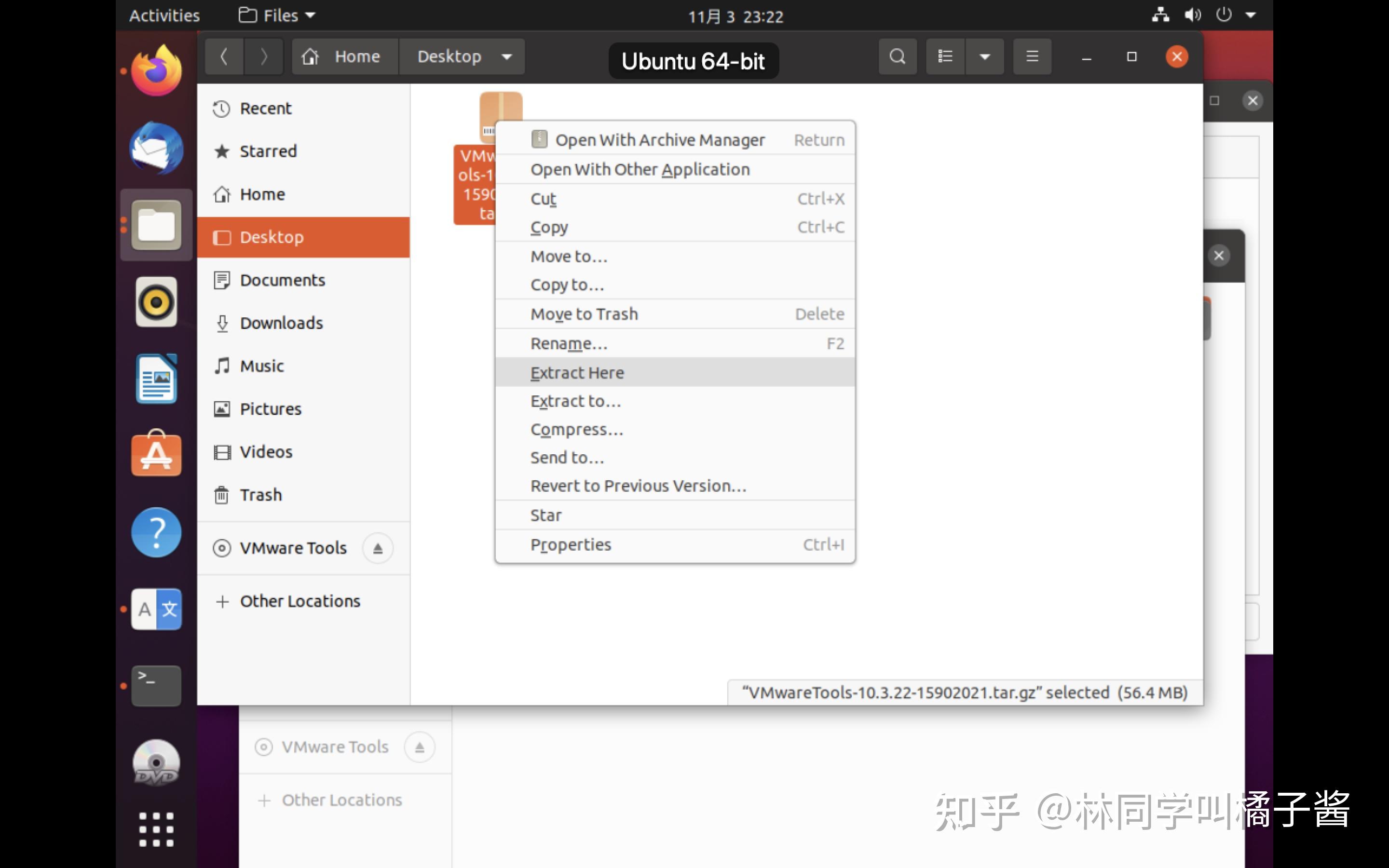
For example, set it to 50GB and scroll down or use tab to go to Save and press Enter. Then edit the partition size as shown in the following screenshot. Select Edit as shown in the following screenshot, and press Enter. Next, under USED DEVICES, scroll to the root partition and press enter to get partitioning options. Storage Configuration Summary Creating/Editing Root Partition Sizeħ. Our test machine has a total of 80 GB hard disk capacity. The following screenshot shows the default file system summary. Note that the installer will create the root partition (with a small size by default), then you can manually edit its sizes and also create a swap partition. For this guide, we will show how to do this manually, therefore, go to Use an entire disk and then select check the option Set up this disk as an LVM group. You need to create the storage layout as explained below. The installer will select it automatically based on your country. Next, you need to configure the Ubuntu archive mirror.

Otherwise, leave it empty and press Done. Based on your network set up, if you need a proxy server to connect to the internet, enter its details here. If your system is connected to a network, it should receive an IP address from your DHCP server. Next, select your keyboard layout and press Enter to proceed. Once the system has booted, you will land on the installer welcome interface shown in the following screenshot asking you to select the installation language. Then boot from it by pressing your computer’s boot key (which should be one of F9, F10, F11, or F12 depending on the manufacturer settings). To kickstart the installation process, place the bootable CD/DVD into a drive or USB in a port on your machine.

Use the following link to download the Ubuntu 20.04 live server install ISO image, which is provided only for 64-bit systems.Īfter downloading the ISO image, you need to create a bootable DVD using Rufus tool or a bootable USB drive using the Unetbootin LiveUSB Creator. If you’re looking for a fresh desktop installation or server up-gradation, then read our previous articles: Installation of Ubuntu 20.04 Desktop and How to Upgrade to Ubuntu 20.04. This article will walk you through the process of installing Ubuntu 20.04 Server Edition with Long Time Support on your machine. Ubuntu Server 20.04, also named Focal Fossa, has been released by Canonical and it’s now ready for installation.


 0 kommentar(er)
0 kommentar(er)
